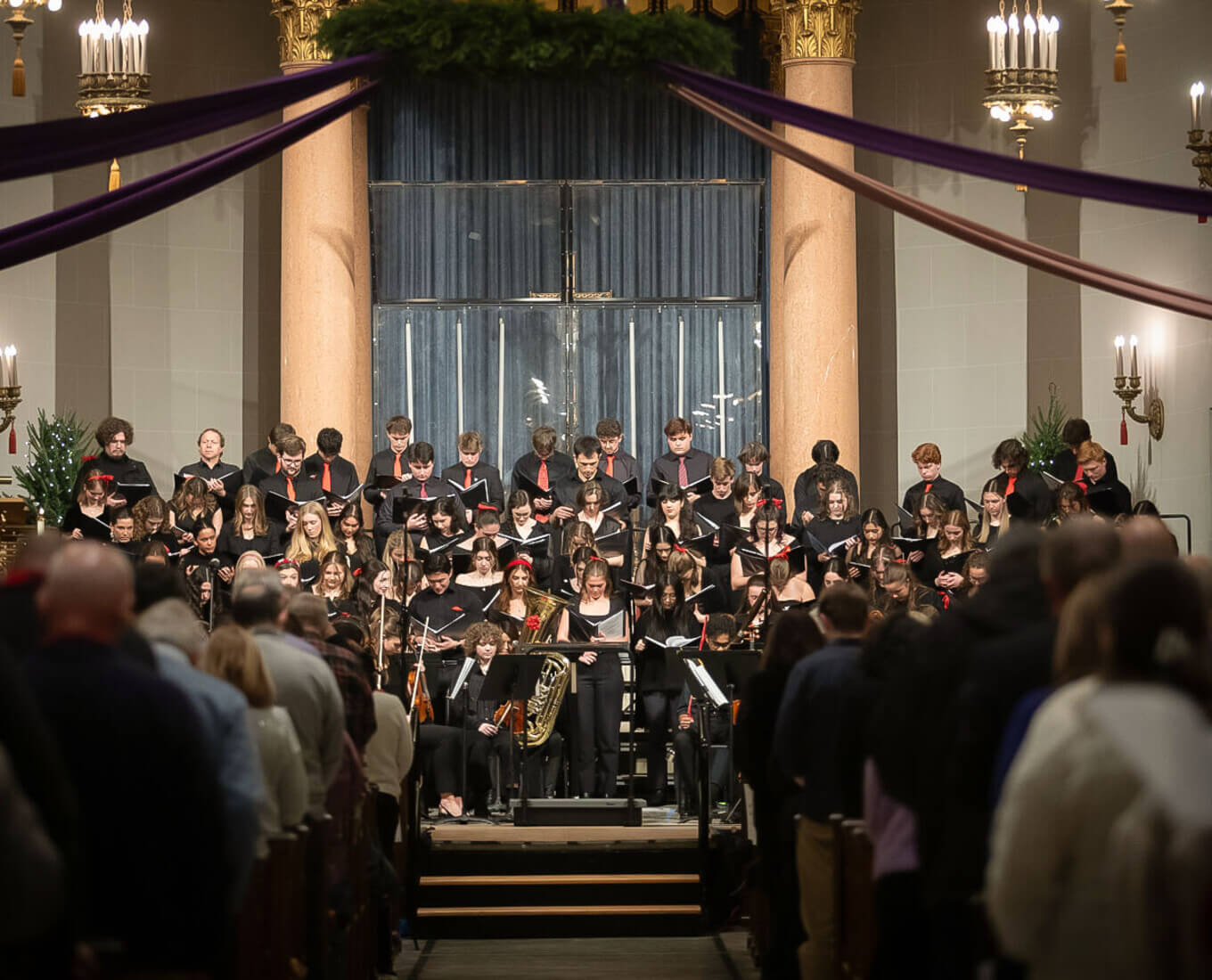No one can question singer-songwriter Taylor Swift’s business acumen; however, the reported Midas Touch effect that her 2023 Eras stadium tour has had on local economies is questionable and deserves greater analysis, according to one expert.
“She is a remarkably good business person. Re-releasing select albums is absolutely genius and how she structured her Eras Tour is brilliant,” said Victor Matheson, professor of economics. “However, the data on the economic impact for local communities is not clear and is more perception than reality.”
In July, Common Sense Institute reported that Swift’s U.S. tour “could generate $4.6 billion in total consumer spending.” The Wall Street Journal has reported that the entire U.S. leg of the tour could have a $5.7 billion boost to the nation’s economy. This is possible, Matheson said, but the vast majority of that money is from ticket sales and is going directly to Swift and her tour employees, not local businesses and municipalities. And while hotel prices in the tour areas have tripled and hotel occupancy rates reached 100%, as reported by Booking.com, those singular events might help in the month they’re booked, but should not be credited with bolstering local economies, Matheson said.
He noted the vast majority of people attending her shows are local to the host region and have most likely spent most of their budget on tickets and concert merchandise. For this reason, they are not spending on items such as eating out and hotels.



